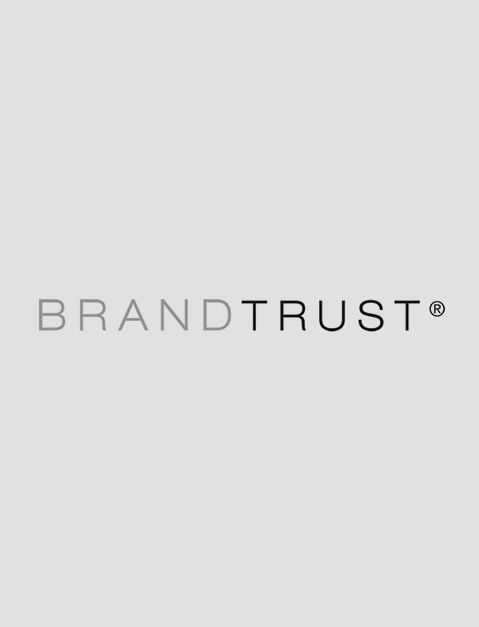Last year, the PMRG Connect conference focused on helping market researchers become strategic leaders within their organization. This year, they extended the theme by helping those newly minted strategic leaders utilize new technologies and methodologies to uncover rich insight and make critical business decisions in a constrained environment.
The Technical Maturity of Healthcare
It began with a presentation by Stefani Klaskow, Head of Healthcare at Google. (Google is always an exciting way to begin any conference.) She notes that Google is pushing for better solutions by a factor of 10 versus 10 percent. The reason being: Google’s search results show “health” as the fourth most searched term on its platform.
Healthcare is now a tech field in a really big way. It means today’s consumers are more informed with more data than ever before. Everything is being monitored from our heart rates to our calories to our sleep patterns. If it’s not linked, it’s lost. Can technology help patients and health care providers sort through all that data? Google is trying—as are many others—to make that information more accessible and more meaningful to patients and physicians. Gautam Jaggi from Ernst & Young noted that the two major trends in the industry right now are falling healthcare costs and maturing technology. Yet, even with all of these connections, with all of this chaos, and all of this data, there are actually some amazing opportunities. The more connected consumers are, the more opportunities businesses have to create two-way conversations and relationships.
Pharma is Finally Focusing on the Patient
In a Discussion Forum with Peter Simpson of Segmedica, Charlotte Subly and Joan Tlush of Teva, Lisa Courtade of Merck and Anjali Parulekar of Amgen, the big take away is the importance of focusing on the patient. The panel discussed the role and importance of Patient Journey work as a strategy tool. This discussion was preceded by speakers from all corners of the Gaylord National Hotel noting that pharma is becoming less focused on itself and more focused on the patient’s needs. This leads to better designed therapies and treatment experiences. And these patients are becoming more discerning in their health choices than ever before. Klaskow noted, “people have become more concerned about shopping a company with values than about buying a product of value.” That’s why Google’s working to prevent cyber-chondriacs (the people who believe they have every disease they read on the Internet).
Yet the panel also warned against doing patient journey work for the sake of patient journey work. Patient journeys should be built to help lead to new behavior, new strategy or new understanding of how an organization can serve the patient better. It’s also a big answer to the way patient research is often done in this space—asking the doctor how the patient feels. Focusing on the patient pulls pharma through the chaos and closer to the patient, giving them an opportunity to be a guide through all of that data.
Behavioral Psychology is the Next Big Thing in Pharma
Jaggi’s keynote on the final day of the conference is what resonated most closely with Brandtrust. Jaggi’s major conclusion was that behavioral psychology—and behavior change—is THE big opportunity for pharma in the future. We see technology such as the Fitbit and others attempting to go that route, inspiring people to make a greater investment in their own health. With technology, the focus on pharma is also becoming much less about sick care and much more about healthcare. We see patients look for more prevention solutions than ever before.
But how do we get there? Jaggi polled the audience and found that only about 40% of the audience was familiar with behavior economics. I can confidently speculate that even fewer actually know what to do with what they know about behavioral economics. If we keep learning about behavioral economics without any application, we’re going to end up with a lot of frustrated marketers wondering why on earth we can’t do what we theoretically say we can do. Jaggi even mentioned the simplicity of A/B testing as a first step for many companies.
Brandtrust is Pushing on All Fronts
At Brandtrust, we’re happy to see so many professionals in pharma finally asking and focusing on the patient experience. As an organization that emphasizes empathy, we’ve seen the importance of understanding the patient—and the physician—first hand. We’ve heard the stories and provided clients with insights that have lead to meaningful connections between patients and physicians, organizations and the therapies they need to survive.
We’re also running at full speed on everything related to behavioral psychology. Our focus has been application and we’re finding that patient truths and organizational clarity are not enough—we have to provide our clients with a blueprint for action that will lead to clear and significant change in market behavior and ultimately health. We’re finding more and more clients find great value in completing the loop from insight to action.
Talk to Us
As a final note, we joined a discussion group on the last day about the collaboration between marketing, market research and consultants. It was a productive discussion with case stories of some frightening consequences of relationships gone bad. The good news though is that at the heart of healthy relationships, at every table, was communication. In that light, we’d love to hear your thoughts on the conference if you attended or our summary if you didn’t. We’re all ears.
A special thank you to the coordinators of the conference for organizing such an enlightening and meaningful conversation. We’ll see you at the next one.
